German philosopher Friedrich Nietzsche once said, “Man is the cruelest animal.” As to whether this statement is true is often up for debate.
But what cannot be denied is that human cruelty exists and that the abuse of animals under the guise of justifiable exploitation for profit is just one of the more common manifestations of this.
In fact, humanity’s relationship with animals has always been dysfunctional.
While we claim to love animals, we are quite content to turn a blind eye to the suffering inflicted on animals in their short lives from factory farm to plate or the hours of torment they are forced to undergo in the name of scientific research.
In this article, we look at the animal rights movement, which strives to create a more equitable world where animals have both legal rights and moral considerations.
Animal Rights Movement
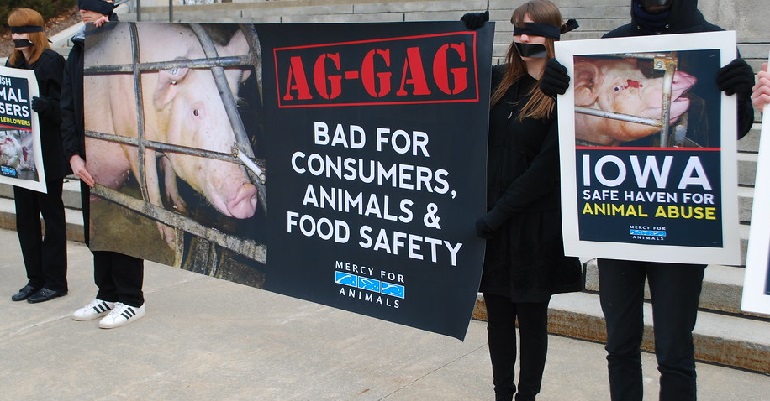
Also known as animal advocacy, animal personhood, or the animal liberation movement, the animal rights movement is a social movement made up of people from all walks of life, nationalities, professions, and beliefs from around the world.
These individuals, irrespective of what faction of the animal protection movement they belong to, are united in a common goal. And that goal is that non-human animals should have moral considerations and legal rights.
Essentially, this means ending the status of animals as property and ending their use in the food, clothing, animal research, and entertainment industries.
Importance of Animal Rights
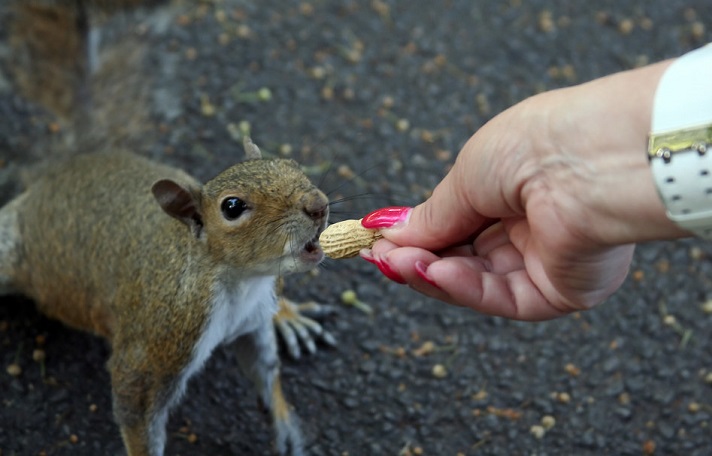
Sadly, it is estimated that some 200 million land animals are put to slaughter worldwide daily, a staggering 72 billion animals a year.
In fact, not only is the US among the top nations for slaughtering animals for human consumption, but it is also largely responsible for the rise of industrial animal agriculture, also known as animal factory farming, where animals are forced to endure lifetimes of heart-rendering abuse.
But it’s not just the slaughterhouses or animal agriculture holdings worldwide that inflict unnecessary pain, torture, and, ultimately, animal death.
Zoos, aquariums, and circuses are also culpable of animal exploitation by inflicting emotional, physiological, and physical pain on animals cooped up in confined spaces purely for human entertainment.
And even more shockingly, the Humane Society has estimated that more than 50 million animals are still used in laboratory experiments in the US yearly.
In fact, the list is exhaustive of the many nonhuman animals being exploited worldwide, where they are subject to needless pain and trauma with very few or absolutely no legal rights in place to protect them.
Goals of Animal Rights Movement
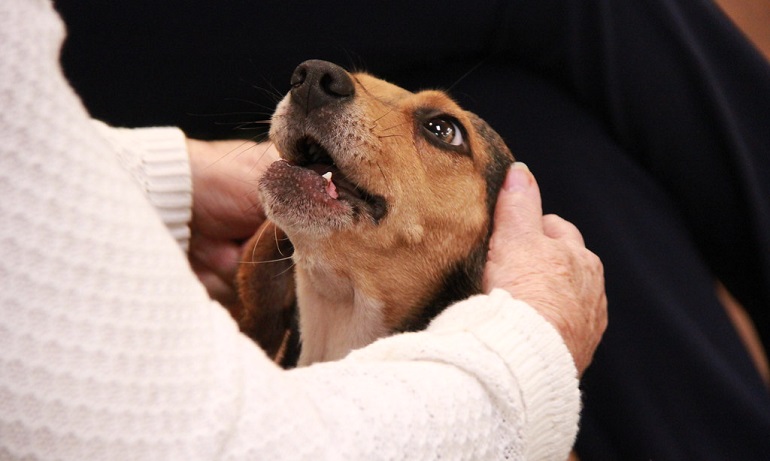
As such, the ultimate goal of animal rights groups is to place all nonhuman animals beyond the use of human beings by putting an end to exploitative practices such as product testing on animals, puppy mills, and even whaling, amongst others.
To accomplish this mission, animal action groups actively seek to raise people’s perceptions of the current moral and legal status of animals.
These groups continually push for animals to be recognized as sentient beings capable of feelings that deserve protection and legal status under national and international law.
Animal Rights Protests
Whether deploying methods such as public demonstrations, using educational tools, grassroots advocacy, and social media, or lobbying lawmakers for legislation change such as breed-specific legislation, the central aim of animal advocate groups remains the same.
And that is to raise public awareness of the suffering of animals at the hands of humans, familiarize the public with the moral and legal concepts surrounding animal rights, and ultimately cause change.
Interestingly enough, in addition to the standard methods used by animal rights groups, one organization, The Nonhuman Rights Project, has devised a somewhat innovative legal way to represent certain animals in court and fight for justice on their behalf.
But perhaps one of the most successful programs of the animal action groups is advocating for a lifestyle change to veganism or, at the very least, a form of vegetarianism.
The goal behind this is clear. With the widespread adoption of this lifestyle, consumption of animal products will fall, thereby reducing the financial incentive of big businesses to exploit animals.
History of Animal Rights Movement
Animal rights is certainly not a new concept, with many precursors to the movement being around for thousands of years.
In fact, in Eastern religions such as Hinduism and Buddhism, the concept of non-violence towards animals is a central principle.
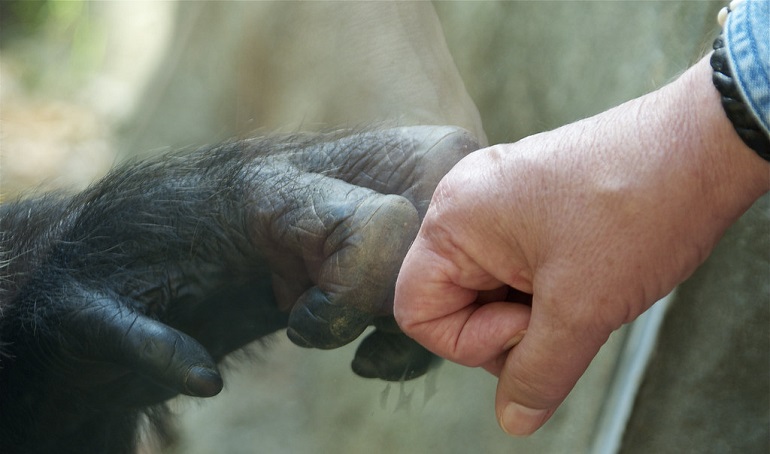
But interestingly enough, it was only in 1635 that the first documented legislation came into being when it prohibited tearing the wool from living sheep.
This was followed up in 1822 when animal rights campaigner and MP Richard Martin campaigned for the prevention and improper treatment of cattle, known as the Cruel Treatment of Cattle Act or Martin’s Act.
Over the course of the ensuing years, both the Society for the Prevention of Cruelty to Animals and the National Anti-Vivisection Society was also founded.
Another notable early influencer who had a strong bearing on the movement was Upton Sinclair, who published The Jungle in 1906, drawing attention to slaughterhouse operations at the time.
Henry Stephen Salt, an English writer and campaigner for social reforms in the treatment of animals, gave rise to the concept of animal rights in his book Animals’ Rights: Considered in Relation to Social Progress.
But it was only in the early 1970s that the modern animal rightsmovement came about when Australian philosopher Peter Singer published Animal Liberation on the moral rights of animals, crediting his views partly to little-known author Ruth Harrison who has since become the cornerstone of today’s animal rights group movement.
In addition, other highly influential figures in the movement include American philosopher Tom Regan’s book The Case for Animal Rights and Richard Ryder, who coined the term speciesism in reference to human chauvinism towards other species.
And it is from these influencers, amongst many others, that the modern-day animal advocates movement arose.
When Did the Animal Rights Movement Began in the US?
Interestingly the first mention of animal protection laws enacted in the US was way back in 1641 when colonists in Massachusetts Bay included two anti-cruelty provisions in the colony’s Body of Liberties.
But it would be some 187 years later, in 1828, before the first state law against animal cruelty was passed in New York.
Over the ensuing years, notable animal welfare institutes and societies were formed, such as the Animal Welfare Institute in 1951, which in conjunction with The Society for Animal Protective Legislation formed in 1955, was responsible for having the Humane Slaughter Act passed.
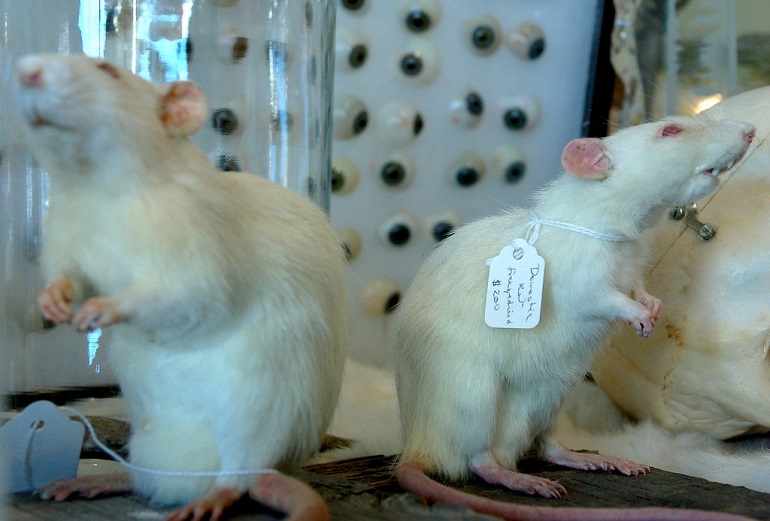
By 1966 the Animal Welfare Act was signed into law regulating the standards for animal treatment in various industries. But sadly, the act did not cover birds, laboratory mice or rats, farm animals, or cold-blooded animals.
Then in 1979, the animal advocacy organization the Animal Legal Defense Fund was founded, which provided groundbreaking lawsuits to halt animal abuse and expand the boundaries of animal law. This was then followed closely by the formation of the well-known People for the Ethical Treatment of Animals (PETA) in 1980.
From there, and due mainly in part to the development of mass media, animal action movements have gained a huge following by highlighting and exposing the inhumane conditions and suffering that animals are exposed to in every industry where they are found.
Animal Right Facts
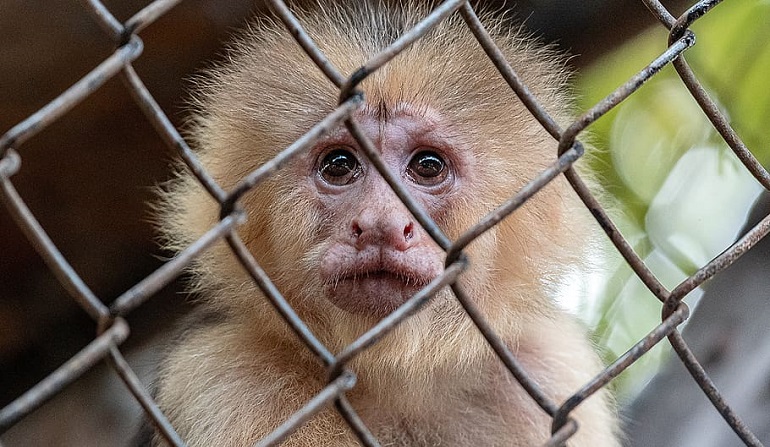
Did you know that Facebook and Youtube are guilty of enabling unscrupulous people to monetize animal abuse and cruelty videos?
In 2020 Lady Freethinker, a non-profit organization dedicated to creating a compassionate world for animals, conducted a three-month investigation on Youtube and identified more than 2,000 videos glorifying fake rescues of animals.
Sadly in these staged videos, the animals involved were often subject to stress, injury, or even death.
Here are some more animal rights facts to mull over.
The US Wildlife Services
In 2021 an obscure and not often unheard of division of the US government, the Wildlife Services killed an estimated 1.75 million animals across the country.
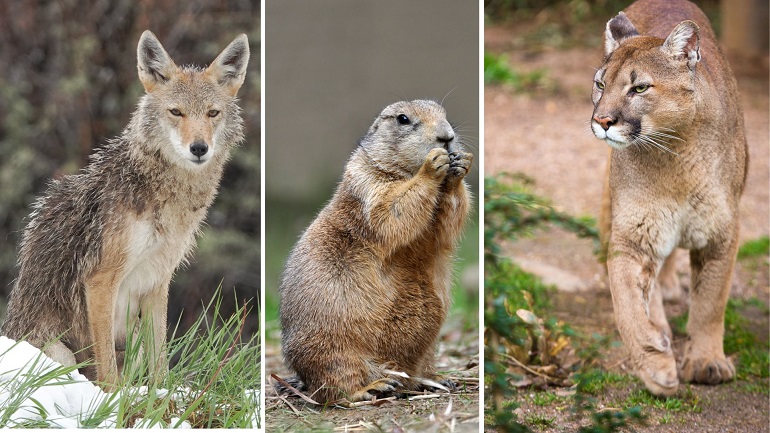
Some of the species killed included, amongst others, coyotes, bobcats, black and grizzly bears, prairie dogs, cougars, grey wolves, and foxes.
And the reason given behind these killings? The Wildlife Services maintain these slaughters are necessary to protect human health, endangered species, and agricultural output.
The Dairy Industry
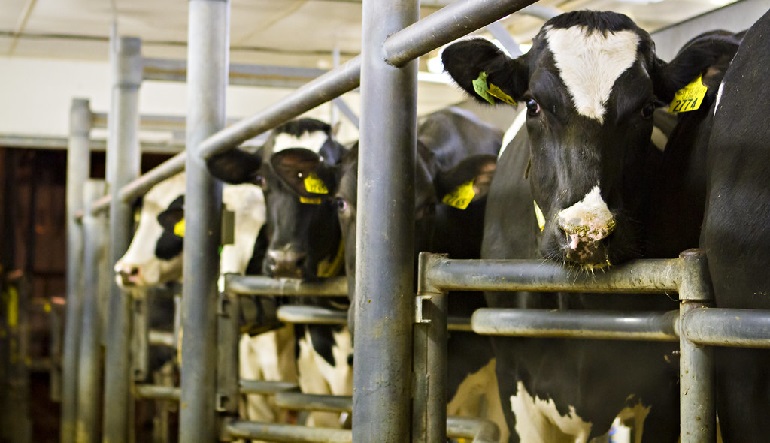
Quite simply, in order for cows to produce milk, they need to give birth to a calf. And once born, the calves are then forcibly separated from their mothers within the first 24 hours to ensure she maintains an adequate milk supply.
And, with no use for male calves, the dairy industry either shoots them shortly after birth, or they are sold for beef or sent to veal facilities.
Yet even more tragically, dairy cows rarely live past the age of six, although their natural lifespan is 25 years, and after multiple pregnancies, they are then slaughtered for meat.
Animal Activists
As mentioned previously, the animal protection movement can be broadly divided into two camps or factions depending on their ideologies.
On the one hand, you have animal rights advocates who believe that animals have some kind of moral rights and, therefore, should have legal rights accorded to them.
While on the other hand, utilitarian liberationists are against animal exploitation and suffering and argue that the interests of nonhuman animals should be respected equally to those of humans.
Simply put, irrespective of their differing ideologies or emphases, the animal rights movement is no longer a group hovering on the fringe of society.
In fact, since the 1980s, the movement has grown substantially and now boasts a wide variety of professionals, including lawyers, psychologists, physicians, veterinarians, and academics.
Animal Activist Groups
Despite the sheer number of animal rights groups worldwide, there are only a few major players on the world stage today.
Among the top five are the Animal Liberation Front (ALF), Cruelty-free International (CFI), The Humane Society of the United States (HSUS), People for the Ethical Treatment of Animals (PETA), and The National Anti-Vivisection Society (NAVS).
Farm Animal Rights Movement (FARM)
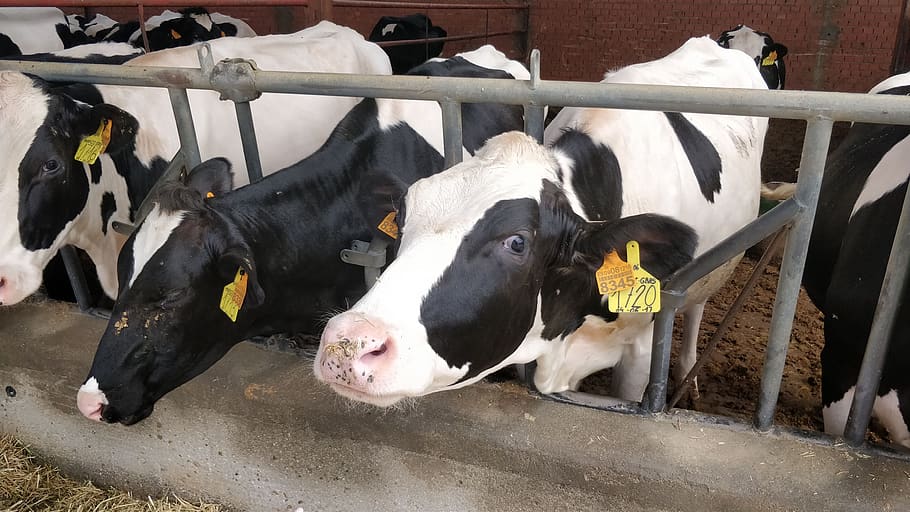
With the increase in industrialization, especially in the US, came technological advancement and mass livestock production, which sadly resulted in today’s factory-farmed animal industry.
In response to this, Dr. Alex Hershaft, an animal rights activist, became co-founder and president of the Farm Animal Rights Movement, devoted to promoting the basic rights of animals to be free from human exploitation and not to be raised for food, clothing, biomedical research, testing, entertainment, or hunting.
Today it is one of the top international animal rights organizations, with national and international programs offering public education and outreach initiatives.
Inter Movement Activity
With the sheer number of different social movement groups present today, it certainly is not unheard of for members of animal advocate groups, for instance, to be found participating in other social rights groups’ media campaigns and activities.
In Istanbul’s Gezi Park protests in 2013, for instance, what initially began as an environmental movement against urban development had various social movement groups participating.
In fact, animal rights activists saw this event as an ideal opportunity to raise concerns about speciesism and successfully changed the opinions of many animal action movement outsiders.
Animal Rights Movement Current Status
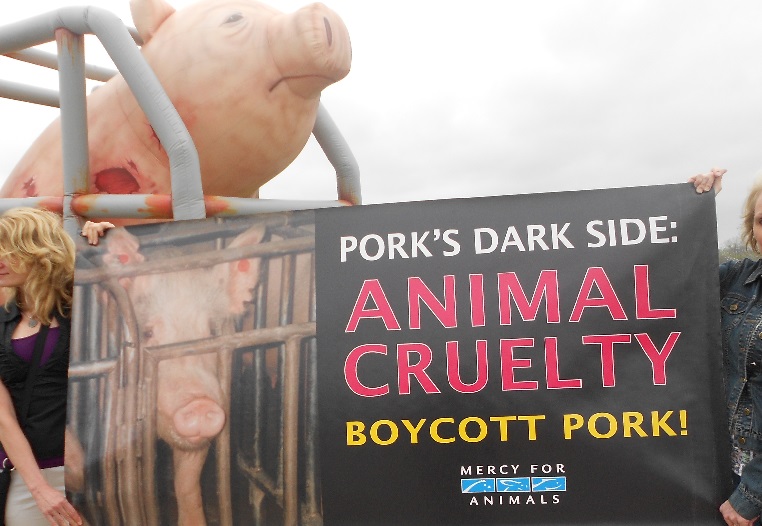
Today, the animal rights movement, far from being viewed as a bunch of radical reformists fighting for animal rights, has gained millions of followers and plays a pivotal role in exposing and championing the legal rights of nonhuman animals.
It has been said that the modern animal rights movement is the first social reform movement initiated by philosophers.
And this is evident as animal rights and law are now common subjects of study in philosophy and law departments in colleges across the US.
But what campaigning strategies are animal protection movements using to educate, inform and sensitize the public to animal suffering and their corresponding lack of legal rights?
New Strategies
Thanks primarily in part to the rise of new media platforms such as the internet, social media, and emails, animal advocacy groups can now engage with a larger audience worldwide.
Most social rights movements rely heavily on podcasts, videos, and blogs to engage in outreach programs, mobilize efforts, and build alliances.
Hidden Surveillance
Perhaps one of the most powerful weapons animal action groups use today is hidden surveillance.
Often graphic in nature, the footage is then made public and used to deliver a moral shock to outrage viewers and push them into action.
Boycott
For many animal rights activists boycotting industries that use animals is a simple and effective means of diminishing their consumer base.
In fact, most animal liberationists adopt a vegan or vegetarian lifestyle and avoid all products known to have animal by-products or contain ingredients tested on animals.
Moral Shocks by Graphics
Nothing depicts the horrors of animal abuse and how they suffer pain more than a graphic picture of a nonhuman creature subjected to suffering.
And it is this very tactic of moral shock that is often used to great effect by an animal rights organization to mobilize the viewer into action, be it joining or contributing to the animal rights cause.
Civil Disobedience
Simply put, civil disobedience, or non-violent resistance as it is known, consists of breaking the law without resorting to violence.
This can include activists chaining themselves or blocking public entrances and roads in protest.
Direct Actions
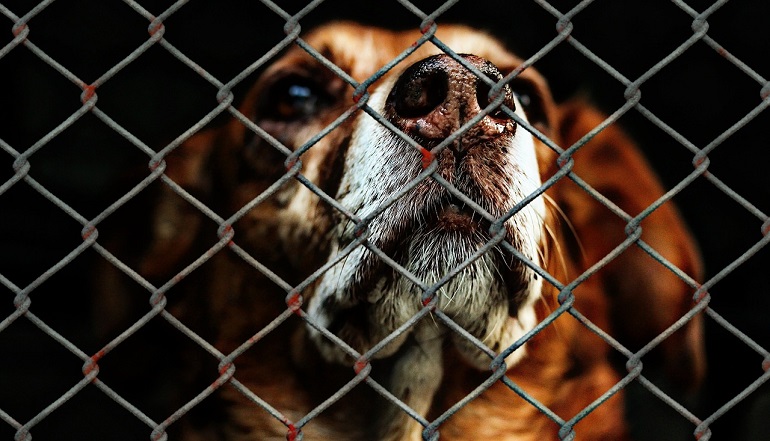
Generally speaking, most animal rights groups reject the notion of violence against other persons, destruction of property, and intimidation as a justified method to bring attention to their cause.
Instead, they prefer to concentrate on research, media campaigns, education, and undercover investigations.
However, some categories of animal activists do engage in direct action of one sort or another. For example, it is not unheard of for The Animal Liberation Front (ALF) to direct tactics by carrying out raids to release animals on factory farms and from laboratories.
While other more radical animal rights activists, such as the Animal Rights Militia, have threatened or carried out physical acts of violence.
Animal Rights Advocate
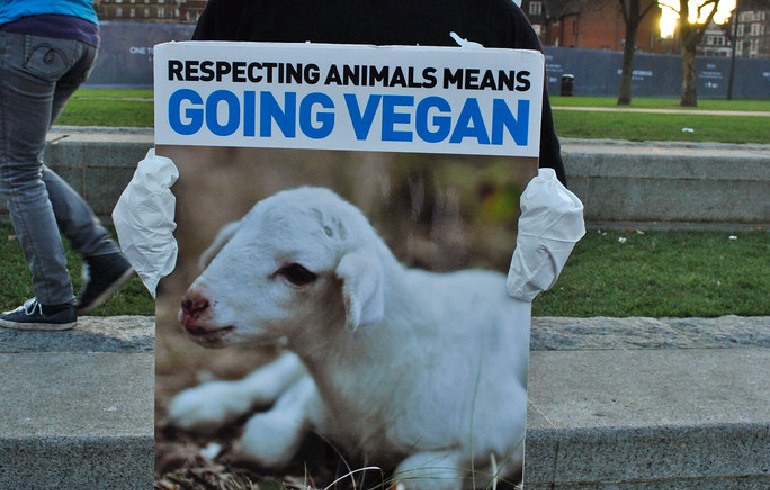
Today existing US laws generally focus on animal well-being, such as cruelty, and do not recognize animals as legal persons with accompanying rights.
In fact, in most US states, farmed animals, animals used in laboratories, and even to some extent, wildlife is often excluded from even the most basic state animal protection laws.
Laws That Protect Animal Rights
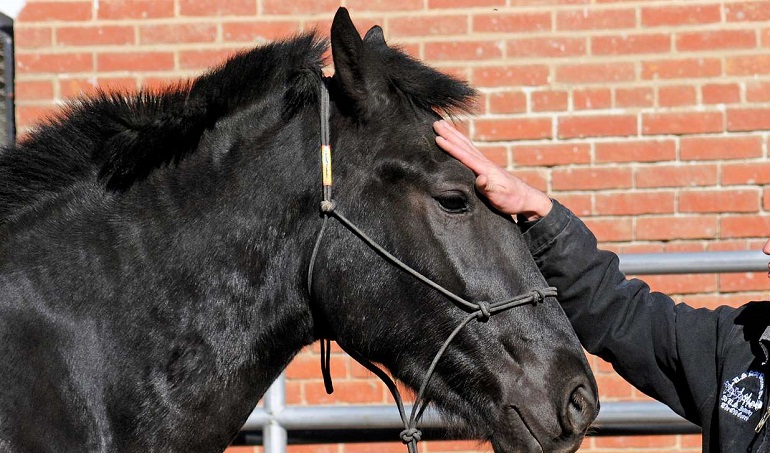
Current Federal Animal Protection Laws in place include nine acts.
- Animal Welfare Protection Act (AWA),
- Horse Protection Act
- The ’28-hour law
- Endangered Species Act
- Animal Crush Video Prohibition Act
- Humane Slaughter Act
- Lacey Act
- Preventing Animal Cruelty and Torture Act, and
- the Shark Conservation Act.
Sadly, these acts exclude or only regulate some of the most heavily exploited animals, such as farm animals, birds, rats, and mice.
In fact, the Animal Welfare Protection Act only regulates surgery on a living animal during research and does not make it illegal.
And likewise, the Act only regulates the minimum standards of care and treatment that dog breeders and animal dealers need to meet.
Sadly, due to this, the answer to the often-asked question “Are puppy mills illegal” is that, in many cases, it is not in the US.
FAQ’s
What Is the Difference Between Animal Rights and Animal Welfare?
Simply put, animal rights are the belief that animals should have equal consideration of basic interests as humans do, and they are not ours to use for food, clothing, experiments, or entertainment. The goal is to reduce nonhuman animal suffering.
While Animal welfare, on the other hand, allows for these uses of animals but under a set of humane guidelines.
Why Should Animals Have Rights?
Animals are sentient beings, which means they can feel pain, fear, joy, and loneliness.
Therefore, it stands to reason that as living beings and based on moral principles, animals deserve to have established rights and animal rights laws that allow them to live a life free from suffering and exploitation for human use.
What Is a Historically Famous Animal Rights Movement?
The Animal Liberation Front (ALF), which originated in the 1970s, is an international social and resistance movement that engages in and promotes non-violent action against animal cruelty.
What Is the Counter-Movement to the Animal Rights Movement?
In stark contrast to the beliefs held by animal rights movements, there are counter-movements, such as the Putting People First (PPF) movement, which was formed in 1991.
The beliefs held by these counter-movements are that animal rights activists are seeking to stigmatize those who believe that legitimate and mainstream activities such as hunting wild animals for pleasure or profit, raising animals for food, and conducting scientific experiments on animals in laboratory environments are normal.
Conclusion
Sadly there is still a long way to go before the animal rights movement achieves its goal of enshrining the legal rights of non-human animals.
And although a world in which animals are free from exploitation may seem far off, there are some lifestyle choices that everyone can make.
Recognize that animals are capable of feelings and opt to incorporate more plant-based foods into your diet and leave animals off your plate, adding your share in preventing cruelty.
Alternatively, show compassion and help fight for better animal protection by joining an animal rights community that aligns with your beliefs.
Indeed the list is endless, but as more people come to understand animals and the suffering they are exposed to at the hand of humans, the change will come, and a kinder world will be created for all species. This is our moral obligation!


